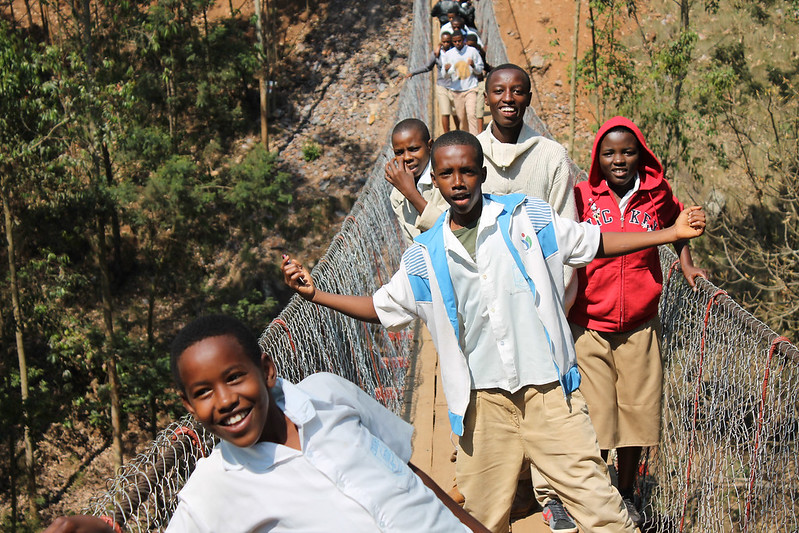 Rwanda, a country in central Africa, has transformed its image from one linked to genocide to a model of development. Over the past generation, it has reduced its extreme poverty rate from 60.3% in 2000 to under 40% in 2017, earning recognition for its poverty alleviation, often called the “Rwandan Miracle.”
Rwanda, a country in central Africa, has transformed its image from one linked to genocide to a model of development. Over the past generation, it has reduced its extreme poverty rate from 60.3% in 2000 to under 40% in 2017, earning recognition for its poverty alleviation, often called the “Rwandan Miracle.”
A Country Rising from the Ruins
In 1994, Rwanda experienced one of the fastest and most horrific genocides in history, resulting in around 800,000 to 1 million Tutsis and moderate Hutus murdered in just 100 days. When the Rwandan Patriotic Front (RPF) finally ended the genocide and established a government in July 1994, this marked the beginning of Rwanda’s poverty reduction miracle.
By the year 2000, six years after the genocide, Rwanda continued to be one of the world’s poorest nations. Life expectancy was about 48/49 years, child mortality rates ranked among the highest internationally and 60% of the population survived on less than the international poverty line of $1.90 per day. The country faced significant challenges, such as limited natural resources, high population density, landlocked geography and profound trauma.
Vision 2020: Planning for Transformation
Under President Paul Kagame, Rwanda’s leadership embarked on an ambitious development agenda. In 2000, the government launched Vision 2020, aiming to transform Rwanda into a middle-income country by 2020 to reduce poverty from 60% to 30%. It focused on poverty reduction and established specific programs as the backbone of Rwanda’s poverty reduction miracle transformation:
The Ubudehe System: Target Poverty Identification
Rwanda’s poverty reduction miracle strategy relies on the innovative Ubudehe system. This community-based approach involves identifying and categorising households according to their socioeconomic status. By utilising traditional Rwandan practices of collective action, the system sorts each household into one of four economic categories. This classification enables tailored interventions that effectively address the needs of different families.
Vision 2020 Umurenge Programme (VUP)
Initiated in 2008, the VUP has served as Rwanda’s key initiative for reducing poverty, functioning through three key components:
- Public Works: Offering paid work on community infrastructure projects for capable adults from underprivileged backgrounds in households.
- Direct support: Cash transfers provided unconditionally to the most vulnerable households lacking labour capacity.
- Financial Services: Providing access to credit and financial support to empower underprivileged families and helping them gain the knowledge and resources they need to improve their financial situations and achieve greater economic stability.
According to the World Bank, VUP beneficiaries in these programs increased from 19% in March 2020 to 41.5% by December 2021. This project addresses childhood malnutrition in Rwanda through safety nets that enhance nutrition and early childhood development. The Nutrition Sensitive Direct Support (NSDS) has helped more than 200,000 households, exceeding the target of 59,000 and covering 96% of eligible families in 18 districts.
Girinka: One Cow per Poor Family
Rwanda’s notable poverty initiative, Girinka, supplies dairy cows to impoverished families. From 2006 to the end of June 2022, it has provided 427,576 cows to 427,576 families, an 84.7% accomplishment that accounts for the programme’s goal. Research indicates that Girinka participants experienced increased household income and enhancements in child nutrition.
Universal Health Coverage as Poverty Prevention
Rwanda acknowledges that health shocks cause poverty. To address this, the country created a Community-Based Health Insurance scheme (Mutuelles de Santé), enabling citizens to pool funds and receive donations for health care costs. Each member contributes 1,000 Rwanda Francs ($2).
The program fully subsidised premiums and copayments for 1.5 million of the poorest residents in 2011 to improve affordability. Consequently, more than 90% of Rwandans had health insurance by 2020, compared to an average of 31% in other low-income countries. This coverage significantly increased life expectancy in Rwanda from 49.7 years in 2001 to 69.6 years in 2022, enabling the government to tackle critical health challenges. Rwanda is the only low-income country in Sub-Saharan Africa to meet the United Nations (U.N.) Millennium Development Goals on maternal mortality and infectious diseases.
Agricultural Transformation and Rural Development
Agriculture is vital for Rwanda’s poverty reduction miracle, lifting 1 million citizens from extreme poverty in the past decade through improved practices backed by the International Development Association (IDA). The sector contributes 33% to GDP, employs 79.5% of the workforce and accounts for more than 45% of exports. Food security improved in 200 with food production and a 30% income increase for some farmers. Between 2006 and 2011, extreme poverty fell by 14 percentage points, due to rising productivity and a shift to commercial farming.
The Results: From 60% to Below 30% Vision
The interventions implemented in Rwanda’s poverty reduction miracle have significantly transformed Rwanda’s socio-economic landscape. Notably, extreme poverty has dramatically declined from more than 60% in 2000 to 39.1% in recent years. Life expectancy has improved considerably, increasing from 46 years in 2000 to 65 years in 2023. Moreover, child mortality rates have fallen by 70%. Unconditional cash transfer aids 112,000 households across 416 sectors, 73% of which are women-led. Nutrition support is provided for 131,000 children under 2 and 40,000 pregnant women.
– Vanuza Antonio
Vanuza is based in London, UK and focuses on Good News and Global Health for The Borgen Project.
Photo: Flickr
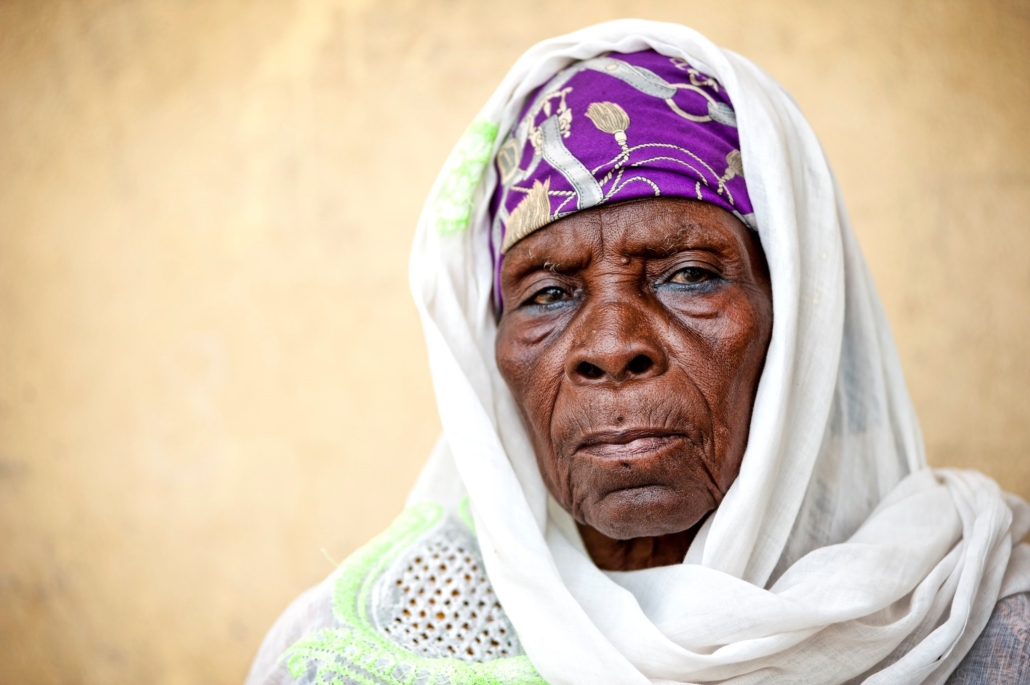
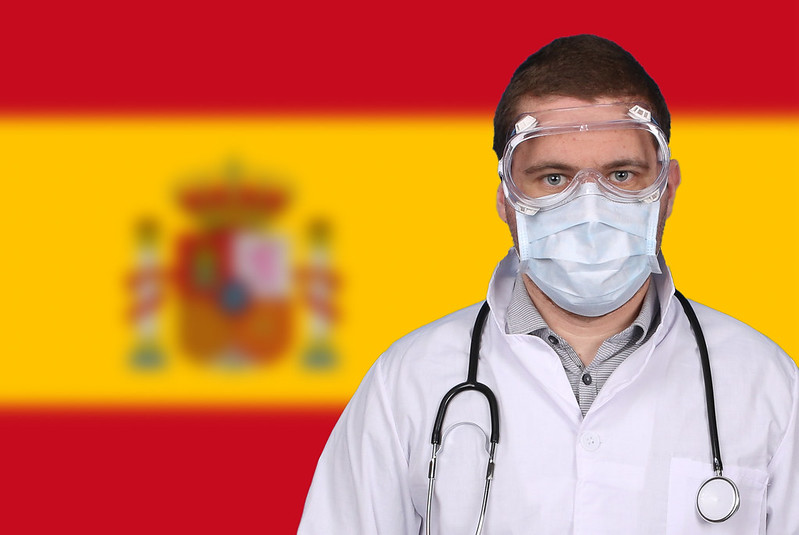 Spain is a beautiful country with exquisite landscapes and a rich culture. This country is known for its delicious, elaborate dishes such as paella. Healthcare is usually not the first thing that comes to mind when typically thinking about Spain but it definitely should be. Spain is world-renowned for its amazing healthcare coverage and for the way the Spanish citizens are usually able to stay healthy throughout their life.
Spain is a beautiful country with exquisite landscapes and a rich culture. This country is known for its delicious, elaborate dishes such as paella. Healthcare is usually not the first thing that comes to mind when typically thinking about Spain but it definitely should be. Spain is world-renowned for its amazing healthcare coverage and for the way the Spanish citizens are usually able to stay healthy throughout their life.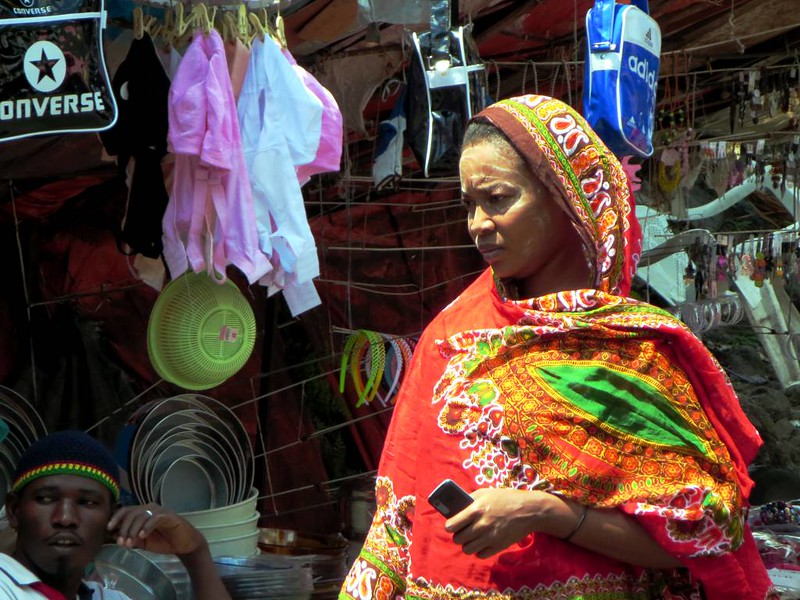
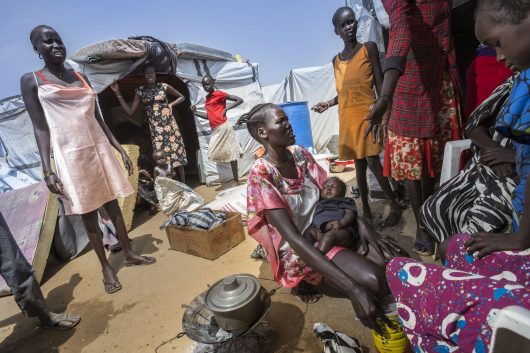 On August 26, the World Bank and the Global Fund to Fight AIDs, TB and Malaria (Global Fund) committed to investing $24 billion to accelerate
On August 26, the World Bank and the Global Fund to Fight AIDs, TB and Malaria (Global Fund) committed to investing $24 billion to accelerate 
